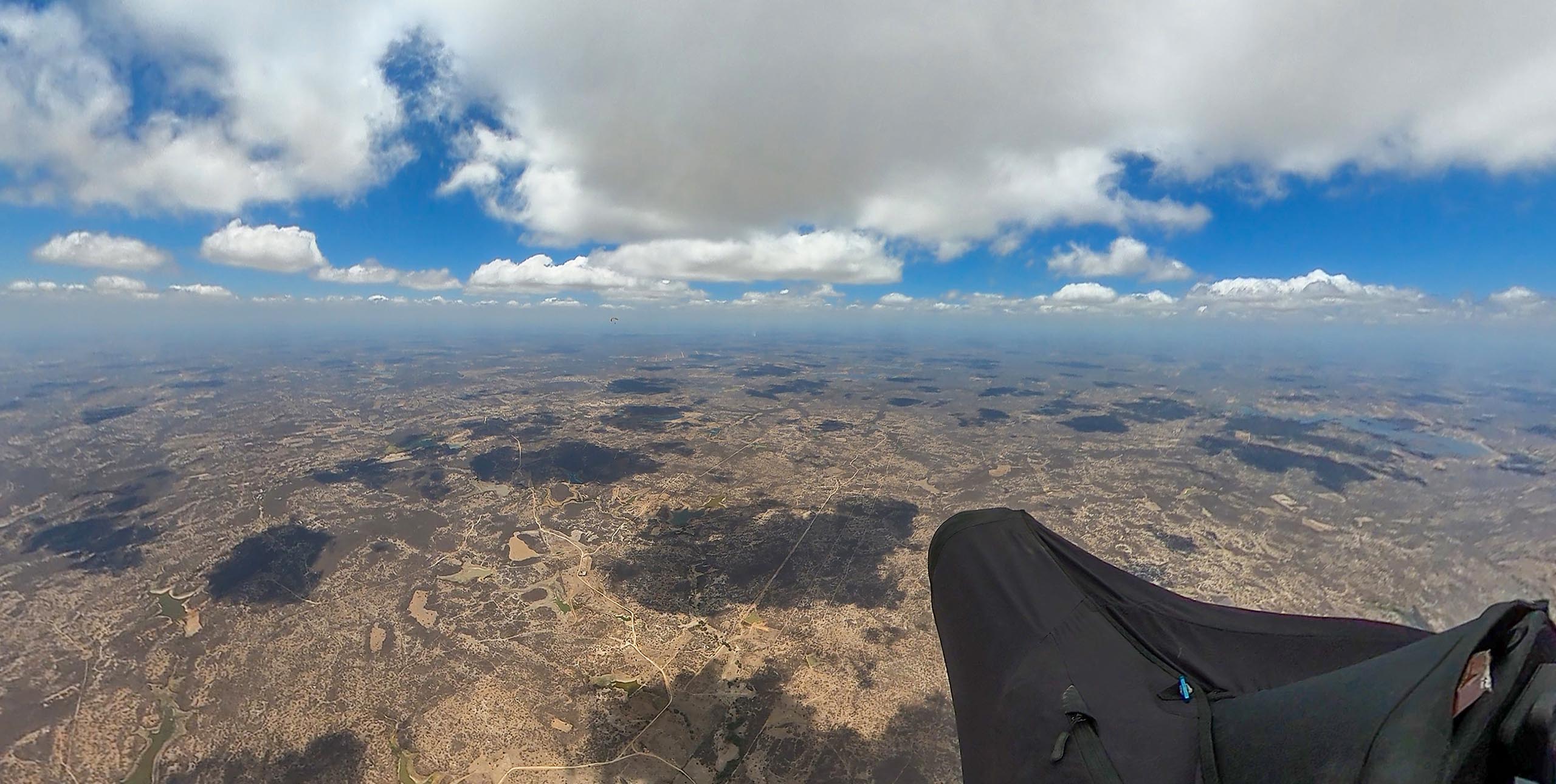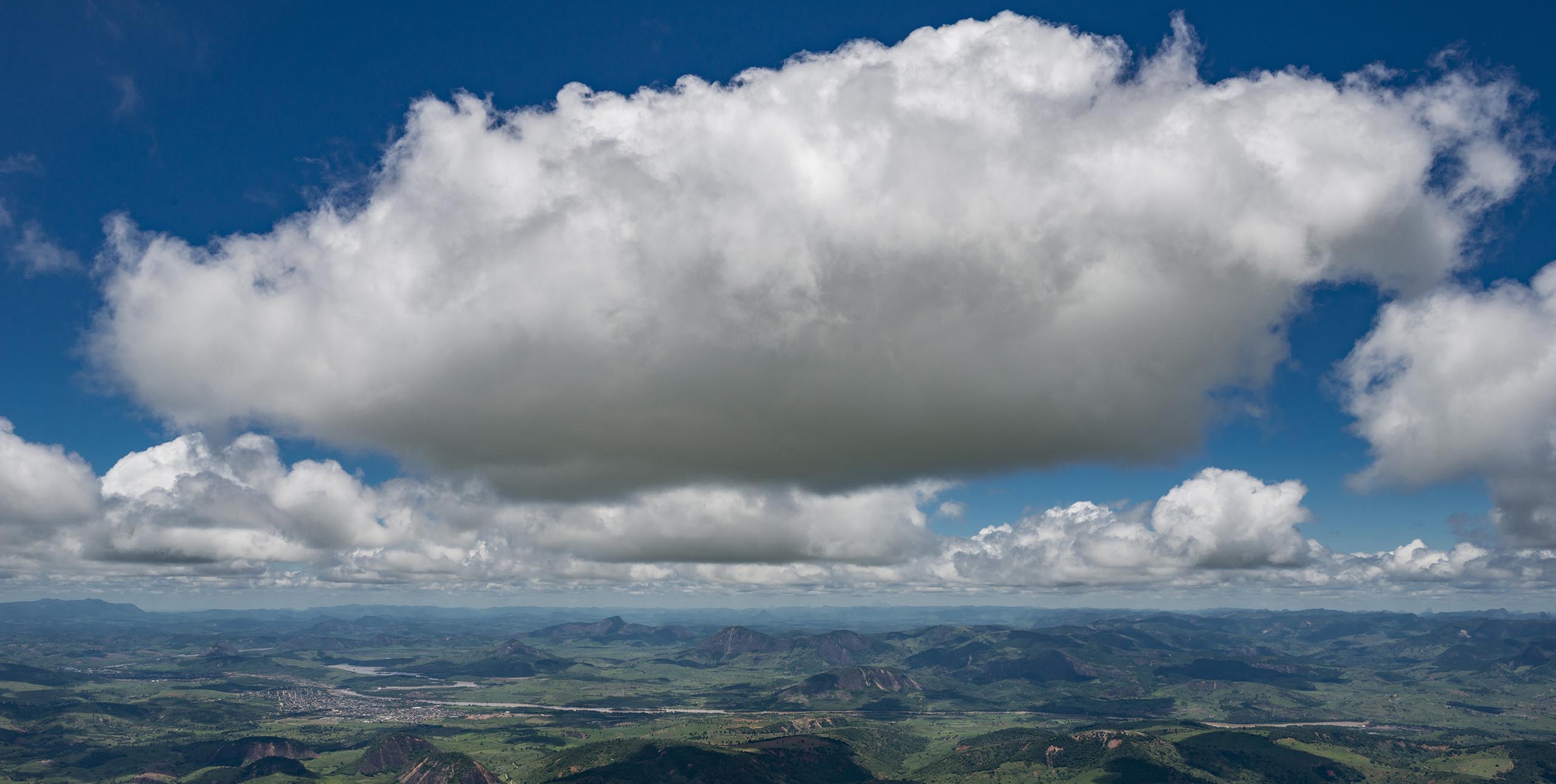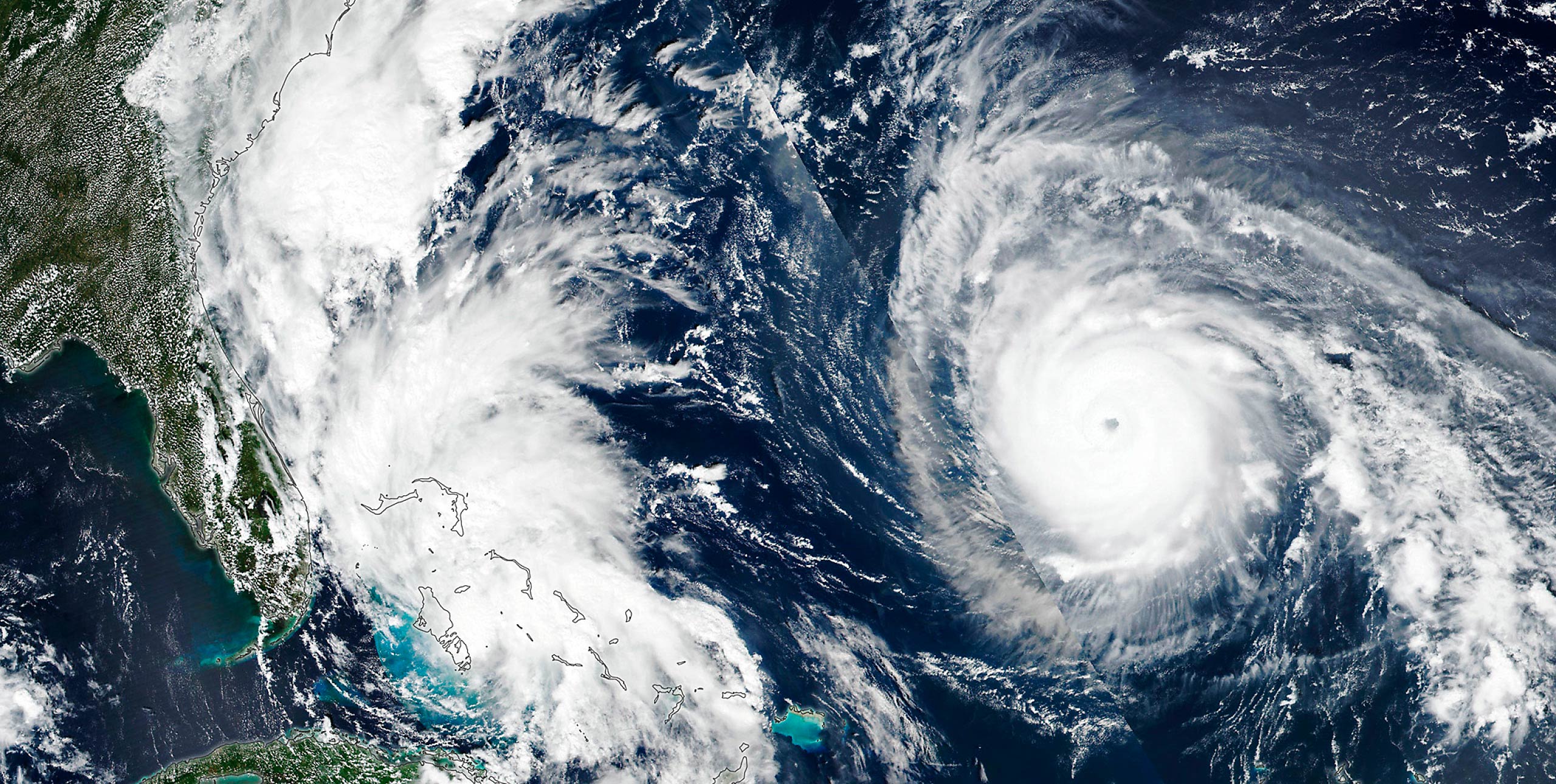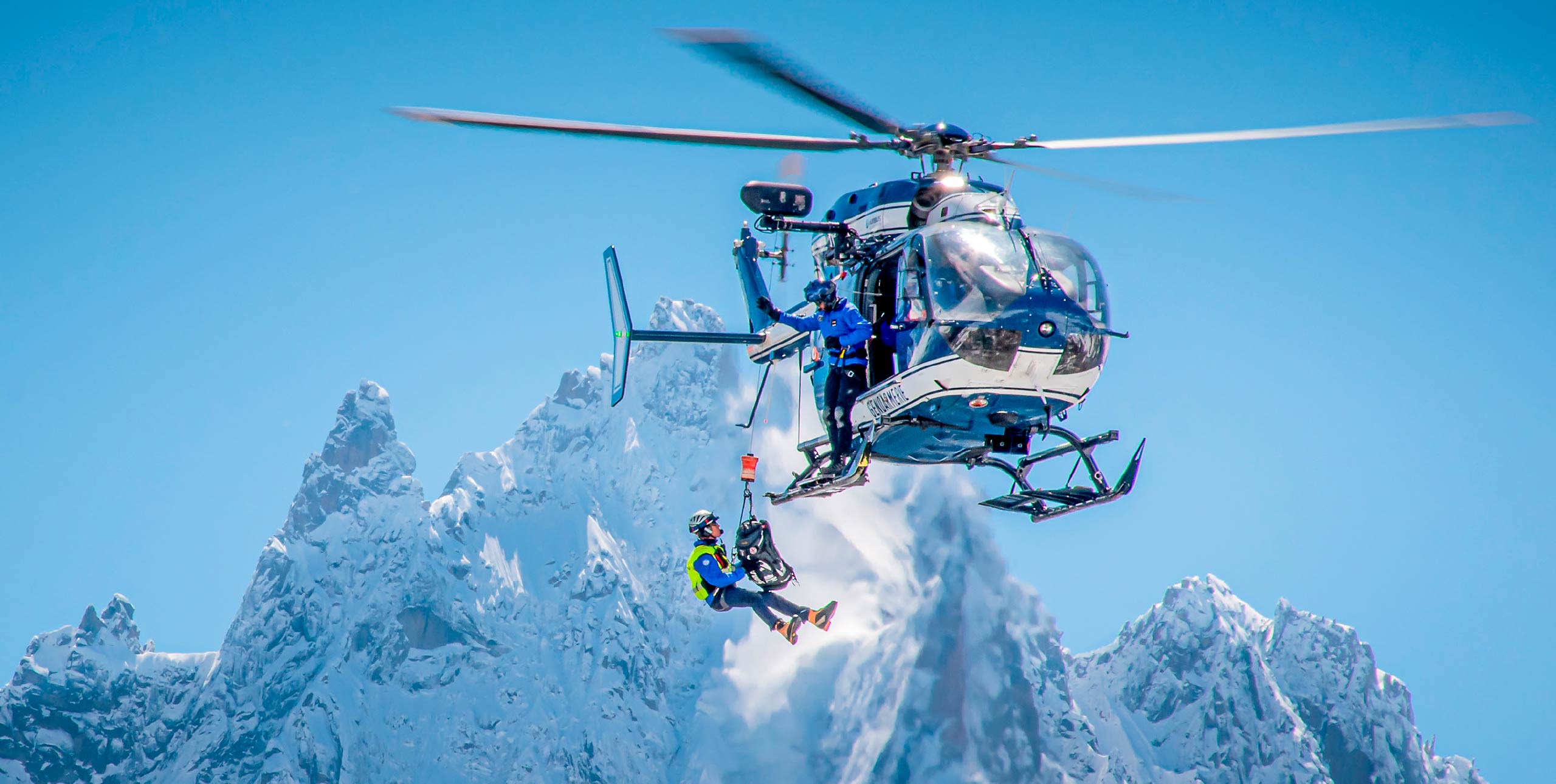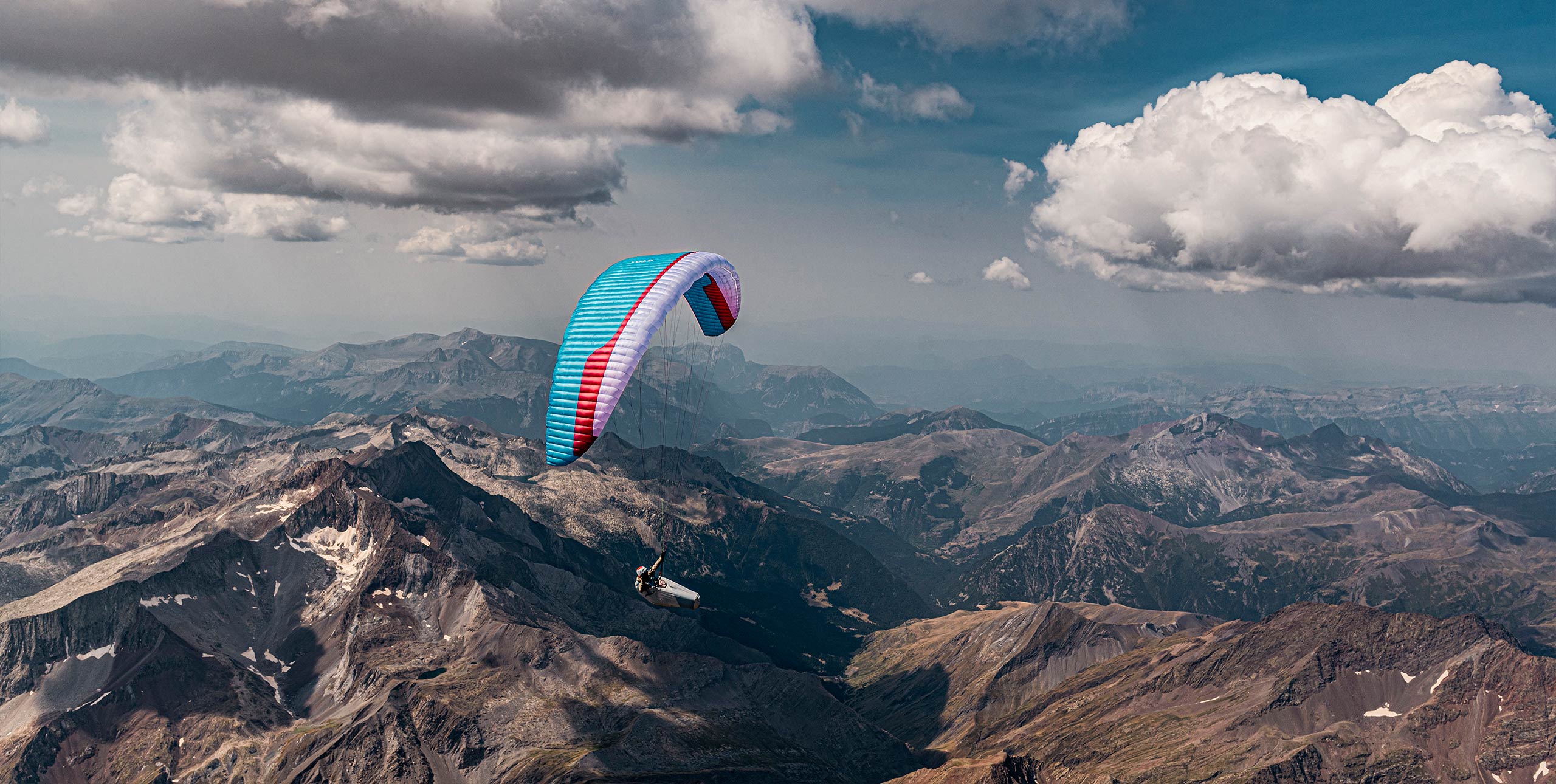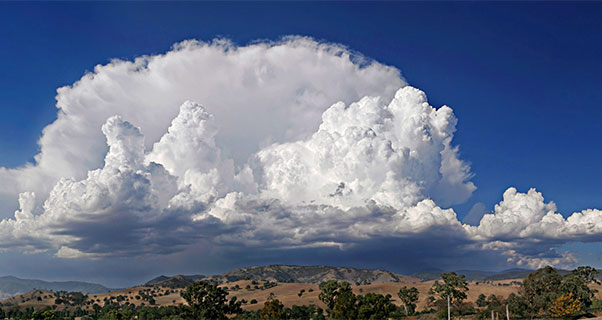
WHAT IS STABILITY?
Lapse rates are the way we describe the change of temperature through altitude. It is the best measure of how well the air mass will allow a bubble of warm air to ascend through it. If the air surrounding the thermal is much colder than the thermal itself then the lapse rate is high and the thermal will rise quickly, but if the air mass is only marginally colder the lapse rate is low and thermal rises slowly, if at all; this is stability.
All over the planet the air is either rising or falling causing high pressure and low pressure systems. In high pressures the air is descending and, as it hits the surface of the planet, it compresses up against itself making the air denser and heavier. As the air molecules bang against each other they cause friction which in turn causes a warming effect. This means that at a certain altitude you will find a band of air that is warmer than the air below and above it; this is an inversion.
Lapse rates explained in two minutes flat
WHY DO CLOUDS OFTEN FORM AT AN INVERSION?
Clouds often form at an inversion for two reasons. Firstly, at an inversion the air mass changes characteristics and this often means the combination of temperature and moisture is right to bring about the dew point.
Secondly, the inversion is the lid on the thermic convection and consequently all the dust particles that are brought up by thermals end up bouncing around there. Clouds require dust particles to form their moisture droplets; if the air was completely pollution free there would never be a cloud, luckily there is enough natural pollution from pollen and dust to mean that we will always get clouds even if we stopped adding our own extra pollution to the equation.
THERMIC QUALITY VS. STABILITY
Because the air surrounding a thermal has to be colder than the thermal itself in order for it to rise, when a rising thermal meets the warmer layer of an inversion it stops ascending and simply gets absorbed in to the warmer air. When a very stable high pressure with a strong inversion arrives, the air under the inversion gets warmer and warmer due to the heating of the sun and the mixing of the air through convection. The ambient temperature of the air goes up and the lapse rate gets lower until eventually the air under the inversion is almost all the same temperature and thermals can’t ascend anymore.
In these conditions the visibility becomes very poor because of all the pollution and moisture that’s been lifted off the ground and then trapped under the inversion. Sounds are carried for miles and radios and mobile phones work better as the signals bounce around under the restricting lid of the inversion.
Any thermal that might manage to gain enough warmth to leave the ground will have all but its strongest cores absorbed by the air around it and you’ll be left with just the nasty, ragged edged and punchy cores to try and fly. Flying on days like this is often rougher than very unstable days, these are the days when the air is muggy, clammy and feels like soup. Luckily for us this process usually takes a few days to develop once the High has arrived unless the pressure is very strong or the sunshine and subsequent heating is very weak.
BUT THE VALLEY WIND STILL BLOWS!
Just to add to our misery, low down in big mountain ranges where there is still some landscape above the inversion, there can still appear to be enough wind to soar in the valleys. However, this wind is caused by the convection happening above the inversion, which draws a valley wind through the stable air mass in the foothills under the inversion.
However, the wind will be heavy and compression by the weight of the air and horrible to fly in. Because of this compression the valley winds might be even stronger than normal in some places but because of its density and stability it will be loathe to rise up anything to give us soarable dynamic lift, instead it prefers to slide sideways and cross wind off almost every slope. These conditions are nearly always unpleasant and a beer and a barbeque are more appropriate than flying.
Understanding inversions
FLYING IN STABLE CONDITIONS
On an inverted and stable day the thermals are normally poorly formed bubbles and when you bump in to them they are hard to fly in and easily lost. You’ll often only manage a few 360’s before you fall out the bottom of the bubble. Subsequently when you find a bit of lift it’s often worth turning really tight to try and stay in the tiny core then when you lose it hunt around in the same area as it’s quite likely that the core you have just been flying in came from a thermal that had other cores in it before the weaker bits were dissolved.
If you notice that you keep reaching a certain altitude before you lose the thermal then that is a pretty sure sign that you have reached the inversion and the thermal has dissolved in to the warm layer. At the inversion itself you quite often rough, dirty air that is unpleasant to fly in as the thermals clatter in to the lid of the inversion. You might also suddenly be able to see the thick brown line of the inversion as the angle you are now looking through the dirt and haze from means you are looking through many more particles that when you looked straight up from below.
BREAK ON THROUGH TO THE OTHER SIDE
Occasionally, if you are flying over a very strong thermic source, you may encounter a really strong core that has enough heat to continue climbing through the warmth of the inversion. If you are close to the inversion when you hit one of these moonbeams then hang on tight and try your best to stay in the core as it batters its way through the inversion.
Once above the inversion you often notice a sharp drop in temperature and then the thermal will pick up speed as it climbs up in to the colder air. As you climb away from the inversion the ground might even vanish as you look down on the dirty brown upper surface of the inversion and all the dirt and pollution it’s trapped just under it.
These climbs sometimes carry you to magical heights; in the British National Championships in St Andre in 2001 we had struggled along for the first 40 km at under 2,400 m in horribly rough but stable conditions until finally at the back of the Allos valley a group of us hit a boomer that broke through the inversion and catapulted us to 3,900m! Above the air was crisp and clear, the climb smoothed out and we could see both Mt Blanc and the Mediterranean sea. The return leg of the task was almost a glide home!
If an inversion is weak the constant battering of thermals against it might break it up completely and then the mixing with the upper, colder air would dissolve it. However, if the air above the inversion is very unstable then this can lead straight to over-development. Beware stable days when you spot Castalanus clouds (see photo) forming up high as this is a definite sign that there is instability in the upper air mass. If the inversion breaks and the convection suddenly reaches those height you can find yourself in dangerous conditions very quickly!
LAGER SKIES VS A BELLY OF SOUP
Epic flying days are generally when a high pressure has just moved in over a cold, dry and quite unstable air mass. This traps good flyable air with a high lapse rate underneath the inversion which will bring good thermic conditions, but leaves stable air with a low lapse rate above the inversion which stops over development.
The air is dry and light and thermals travel through it easily just like those bubbles of air in your glass of beer. Once the thermal leaves the ground it passes through the air as a well formed bubble and, because the general air mass is much colder than the thermal itself, even the weaker parts of the thermal are able to keep on climbing.
This instability helps the thermal stay together as one solid air mass with faster and slower areas. These are the days when you shouldn’t be drinking lager till evening; instead you should set off with a full belly of soup for a big day out.
SOUP SKIES VS A BELLY OF BEER
Crap flying days are exactly the opposite: warm moist stable air with a low lapse rate trapped under the inversion. The air is thick and soup like and thermals can’t move through it well. The temperature at the top and bottom of the mountain is almost the same and you feel hot and sweaty.
You try to fly but find no lift even on the sunny cliffs that face straight in to the valley wind. Even worse, at 3pm there is suddenly a big enough thermic release to punch a hole in the inversion. Up out of this hole streams the warm moist air that has been trapped under the inversion and goes straight in to the cold unstable air above. Instantly it forms a Cu Nim and rains. Those are the days to ignore the soup sky and drink cold beer in the sun.
Working out exactly what kind of liquid you’re flying in that day will help you understand what you can expect from the thermals your going to encounter. If it’s a lager day your going to be expecting some ripping climbs and hence you’ll be more inclined to race on in search or the next moonbeam to cloudbase whilst on a soup day you’ll have to stick with anything just to stay in the air.


